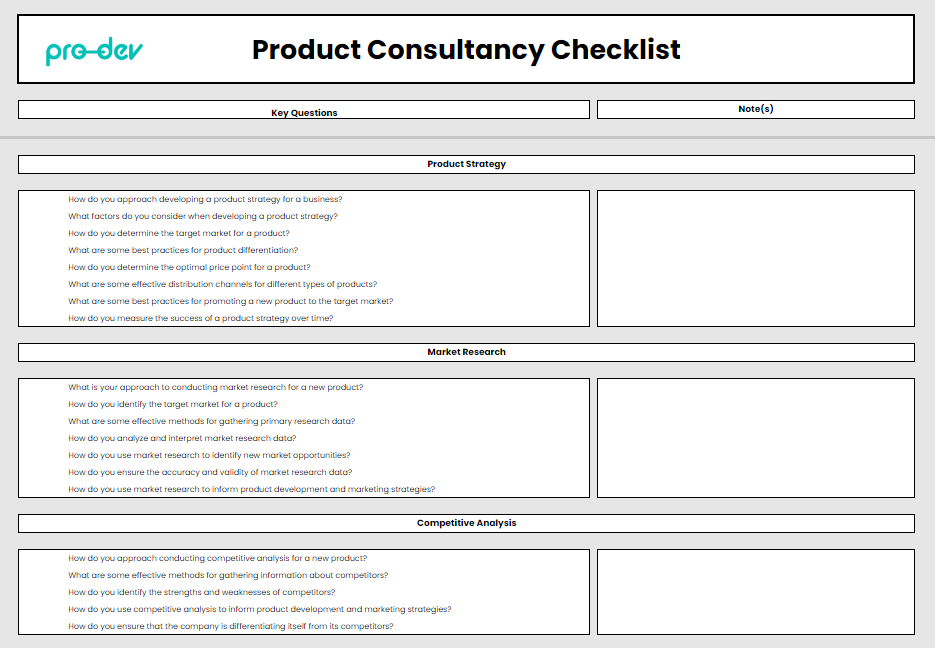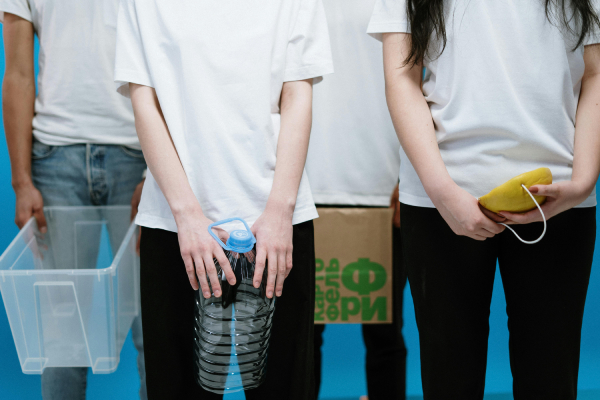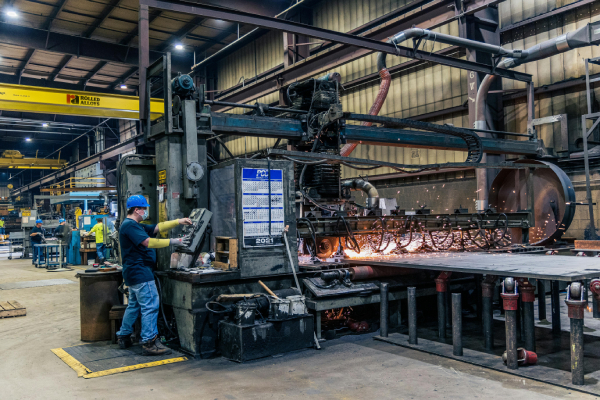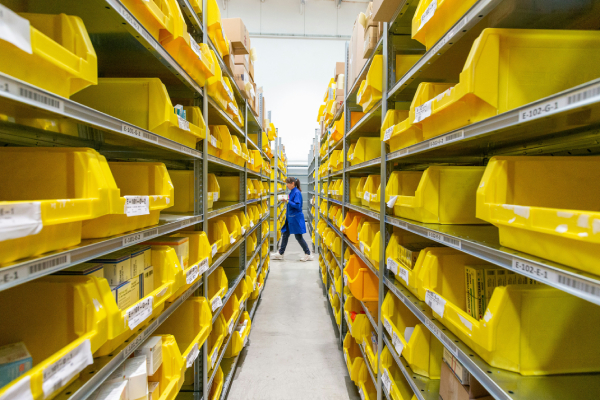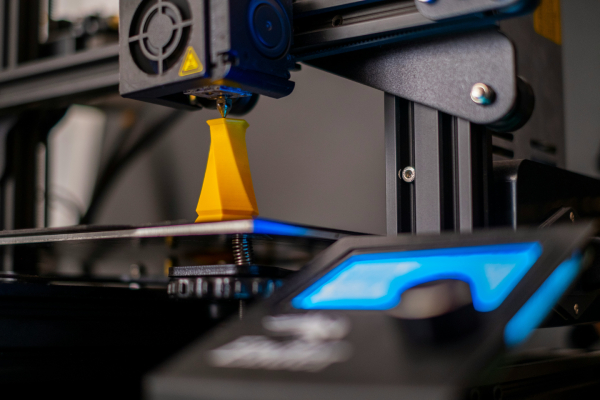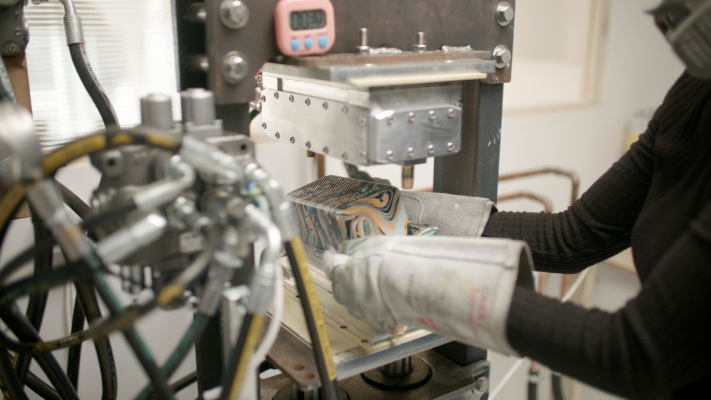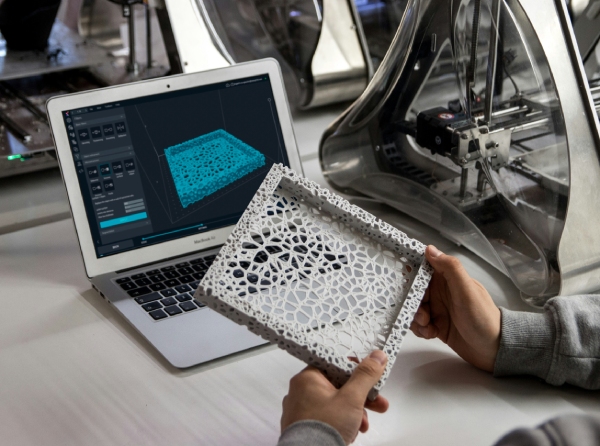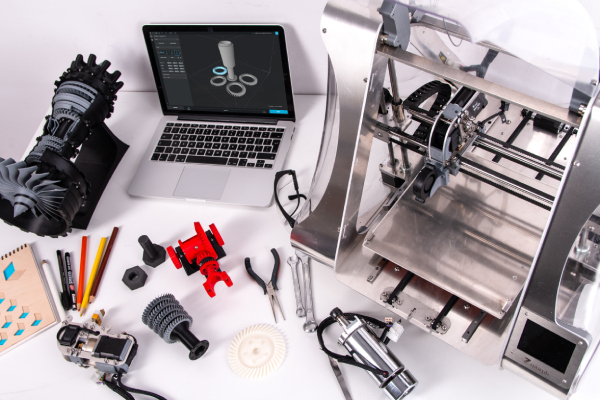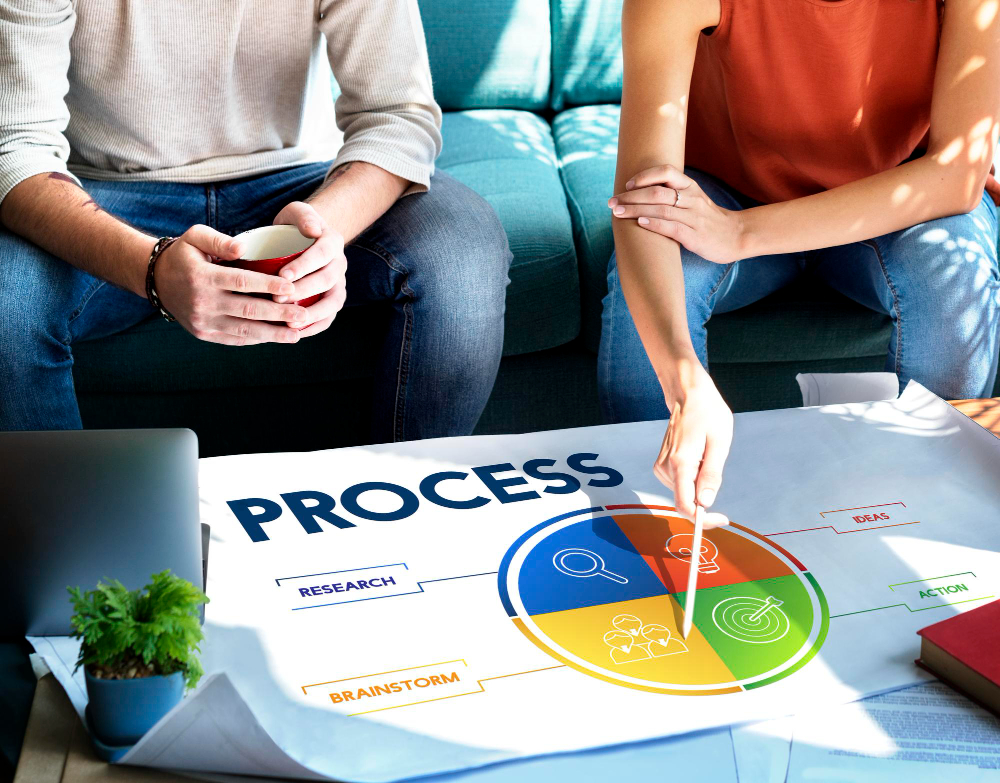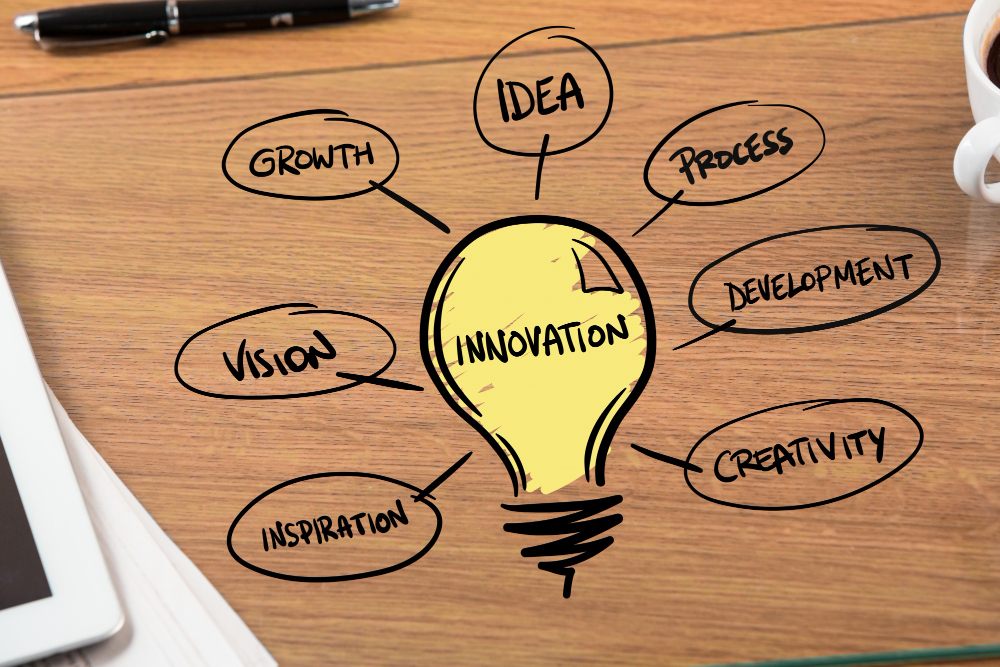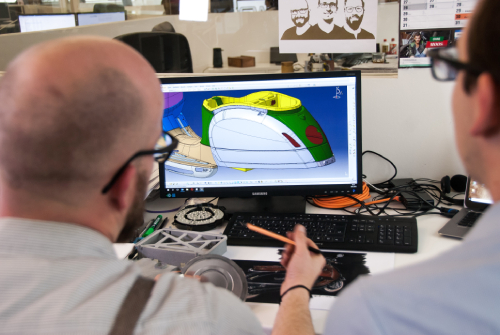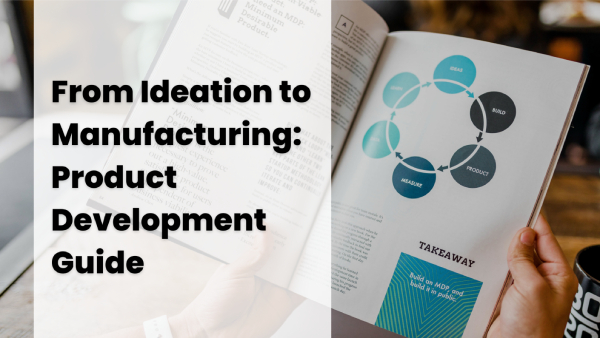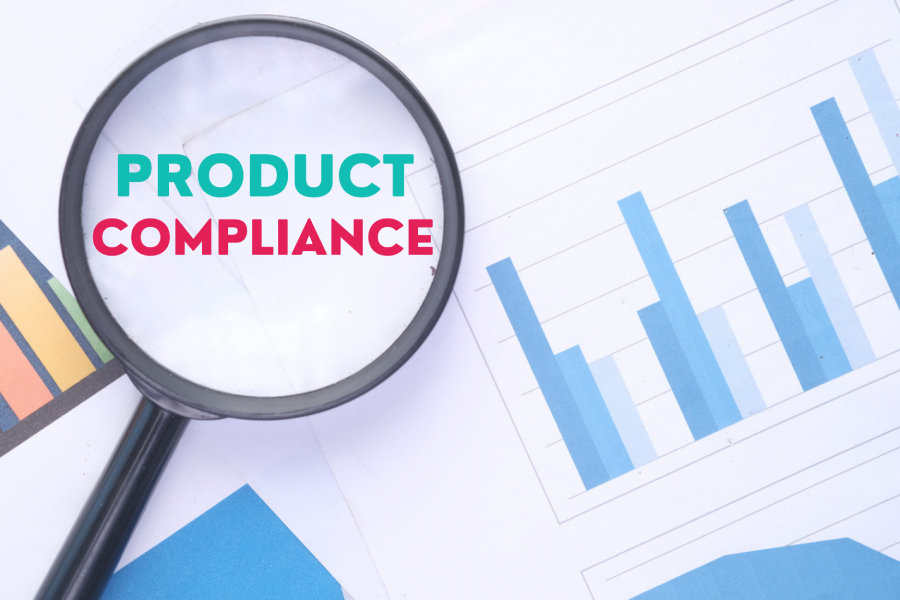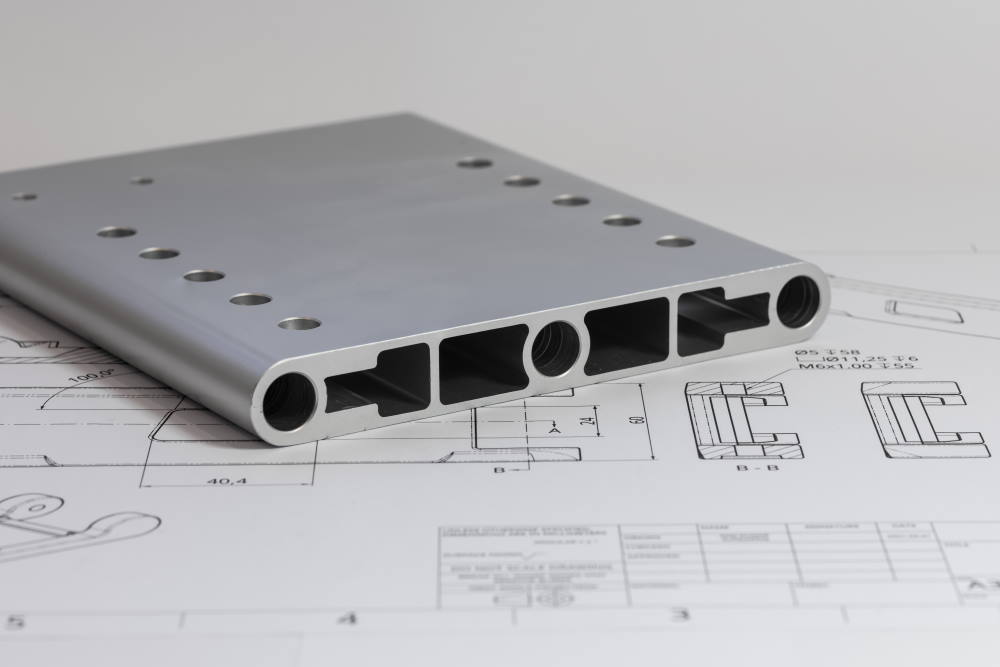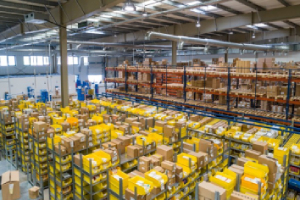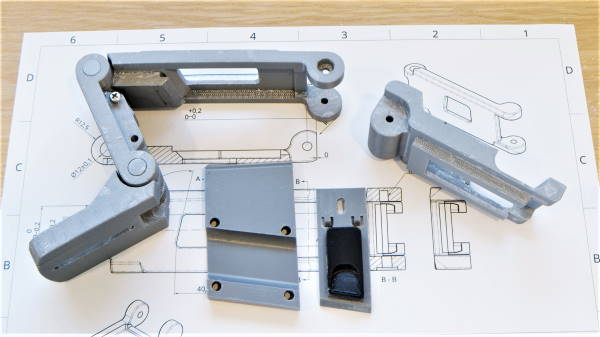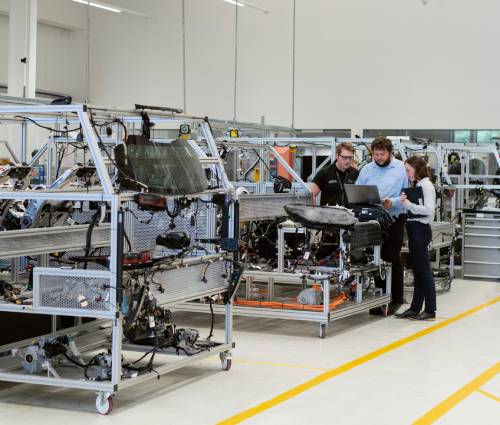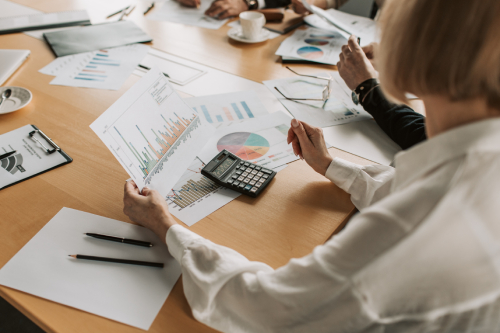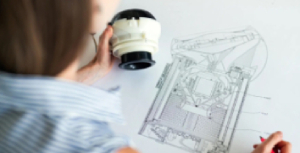 In practically any business or in any brand, the most important thing to consider is not just popularity, but longevity. There are so many brands and products that our parents talk about and reminisce fondly about but are sadly not in the market anymore. This could be due to a number of things, such as being replaced by a better product, obsolescence, or may the company just could not keep up with the times. This is why it is important for people to understand how vital the role of the product lifecycle is in business.
In practically any business or in any brand, the most important thing to consider is not just popularity, but longevity. There are so many brands and products that our parents talk about and reminisce fondly about but are sadly not in the market anymore. This could be due to a number of things, such as being replaced by a better product, obsolescence, or may the company just could not keep up with the times. This is why it is important for people to understand how vital the role of the product lifecycle is in business.
Understanding the lifecycle of a product gives a unique insight as to what kind of planning is needed to bring the product or brand forward, and at the same time consider what kind of consumer acceptance it already has, and how best to leverage it, among other things. These considerations are among the very first things to be handled when you hire a project manager to deal with the project.
What Does Product Lifecycle Mean?
The term product lifecycle is, as the name might suggest, typically the length of time that is involved from the moment when a product is introduced to consumers up to the time that it is removed from the market. The product lifecycle is one of the main deciding factors used by the product or brand's management to determine what steps are needed to make the product sell better. This lifecycle is often used as a major indicator if there is a need to make adjustments or improvements in the product or brand, including:
- Increase advertising efforts
- Adjust prices relevant to sales performance and consumer patronage
- Expansion to new markets/related products
- Package redesign or improvement
Analysis of the product lifecycle offers specific insights to both management and marketing departments relevant to what could be done to improve the bottom line, or increase sales and consumer recall of the product. In many instances, the adjustments done are not strictly on the product alone. There are also many instances when the company had to streamline operations or put in cost-cutting measures to compensate for declining sales of a product, just so production could continue.
What are the Stages in a Product's Lifecycle?
Much like a living being, there are stages throughout a product's lifecycle that are marked by milestones, although in the case of a brand or product, the milestones are mostly more relevant to the sales aspect, instead of chronological advancement.
Introduction Phase
Bringing out a new product to the market is both an exciting and immensely risky thing. It is exciting because introducing something new to people with the hopes that they will like it enough to buy it is always a great motivator. While some members of the production and management groups might have reservations about the product, they all want to see it succeed, since their livelihood and employment is hinged on it.
It is also an immensely risky thing, as there is absolutely no sure way to determine what kind of response the public might have about the product, regardless of the opinions of those who conceptualised it. There are definitely products in the market that are of high importance to consumers, most of whom feel like they can't live a day without it, although the risk here is that how many other brands already out in the market are offering that particular product? This notion adds the additional pressure of ensuring that the new product being introduced will have some sort of unique selling point to put it above those already in the market before it.
Growth Phase
As with anything that grows, this phase involves a certain amount of pain, difficulty, and adjustment. The pain comes in the form of low sales, as most consumers would be hesitant to buy a product that is relatively new to the market, preferring to stick to the brand or product that they have been purchasing for the longest time. The difficulty comes in trying to market the new product to consumers who are either wary of anything new that seeks to replace their trusted brand, or already jaded with all the promises given out by new products.
Despite being a rather dismal phase in the product lifecycle, the growth phase is rife with lessons learned from how the consumers react to the product. Marketers benefit from the attitude of the consumers, and management benefits from learning about the actual costs involved in the production, distribution, and marketing of the product.
Maturity Phase
A product is said to have reached maturity in its lifecycle when no more improvements could be done to it, consumer acceptance is believed to have reached its peak, and the product is already delivering on the project profit expected from it. Many entrepreneurs believe there is no maturity phase to a product, because to accept that it has matured means there is no longer any room for improvement. The entrepreneurial mindset is always looking for improvement in everything, so the product or brand could sell better or perform better.
Product maturity is also said to be the phase where there is nothing more to be learned relevant to the product. Consumer behaviour towards it is already largely known, distributors know when it is best to flood the market with it or hold it back (hoarding) so that the demand for it grows and they could step up the price, and all data gathered from it remains the same regardless of outside factors.
Decline Phase
As with all good things, a product could eventually see a decline after some time. This could be due to a number of things, such as consumer preference, the introduction of a better alternative, or a general disinterest in the product over time. There are said to be some exceptions to the decline phase, as there are brands that have been around for a very long time, spanning generations of consumers.
This longevity, however, is attributed more to the ingenious innovations done on an existing product, as companies strive to reinvent their brand and products to suit the ever-changing taste and needs of consumers as time goes by. This idea is why the notion of "new and improved" will never grow old and out of fashion, as brands fight to maintain whatever foothold they have in the market.
Check these related articles out:
12 Steps of the Product Design Process
A Quick Guide to Understanding the Phases of Product Development
